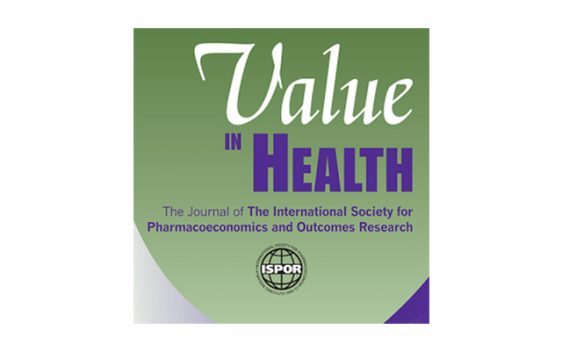Network Meta-analysis of Survival Data with Fractional Polynomials

Pairwise meta-analysis, indirect treatment comparisons and network meta-analysis for aggregate level survival data are often based on the reported hazard ratio, which relies on the proportional hazards assumption. This assumption is implausible when hazard functions intersect, and can have a huge impact on decisions based on comparisons of expected survival, such as cost-effectiveness analysis. As […]
Accounting for Correlation in Network Meta-analysis with Multi-arm Trials

Multi-arm trials are particularly valuable forms of evidence for network meta-analysis (NMA). Trial results are available either as arm-level summaries, where effect measures are reported for each arm or as contrast-level summaries, where the differences in effect between arms compare with the control arm chosen for the trial. We show that likelihood-based inference in both […]
Meta-regression Models to Address Heterogeneity and Inconsistency in Network Meta-analysis of Survival Outcomes

Recently, network meta-analysis of survival data with a multidimensional treatment effect was introduced. With these models the hazard ratio is not assumed to be constant over time, thereby reducing the possibility of violating transitivity in indirect comparisons. However, bias is still present if there are systematic differences in treatment effect modifiers across comparisons. It was […]
Indirect Treatment Comparison/Network Meta-Analysis Study Questionnaire to Assess Relevance and Credibility to Inform Health Care Decision Making: An ISPOR-AMCP-NPC Good Practice Task Force Report

Despite the great realized or potential value of network meta-analysis of randomized controlled trial evidence to inform health care decision making, many decision makers might not be familiar with these techniques. The Task Force developed a consensus-based 26-item questionnaire to help decision makers assess the relevance and the credibility of indirect treatment comparisons and network […]
Discovering New Medicines and New Ways to Pay For Them

While the rest of the health care system is moving toward paying for value, payments for drugs largely continue to be stuck in a 20th century construct that focuses on price, regardless of the health outcomes of each patient. This lack of payment innovation is particularly damaging in an era where on the horizon new […]
Does a ‘One-Size-Fits-All’ Formulary Policy Make Sense

Over the last decade, insurers have increasingly used step therapy or “fail-first,” policies as a strategy to contain pharmaceutical costs. Step therapy requires patients to begin treatment for a medical condition on a typically less expensive drug, and only progress to more costly second-line drugs when the first-line therapy becomes ineffective or inappropriate. Step therapy […]